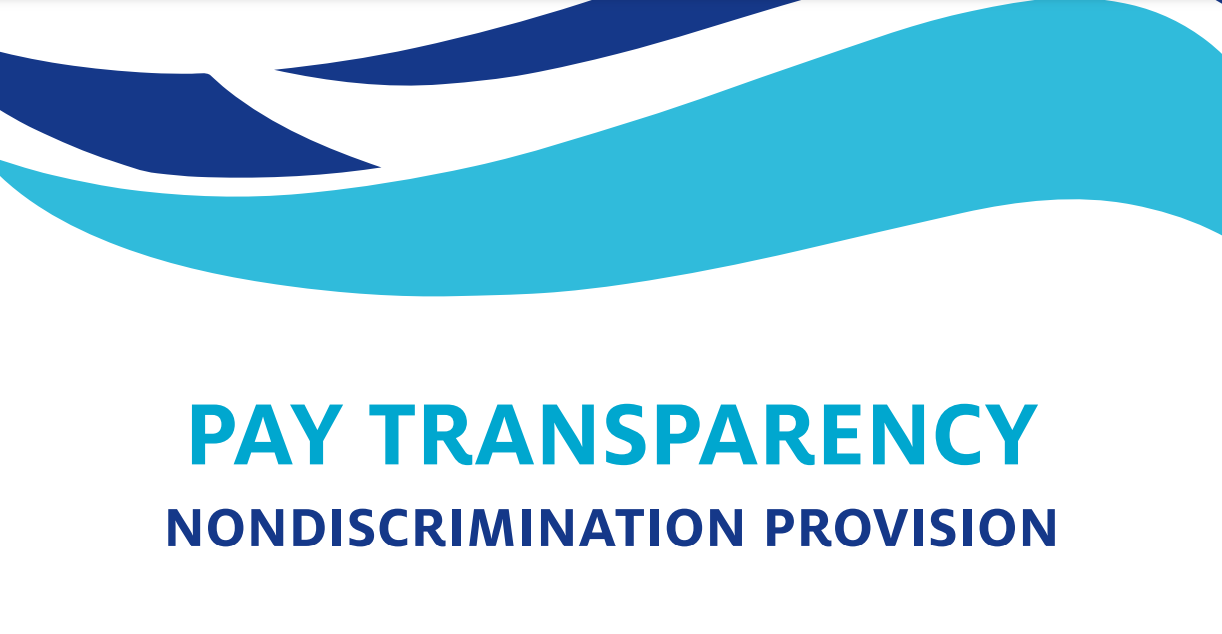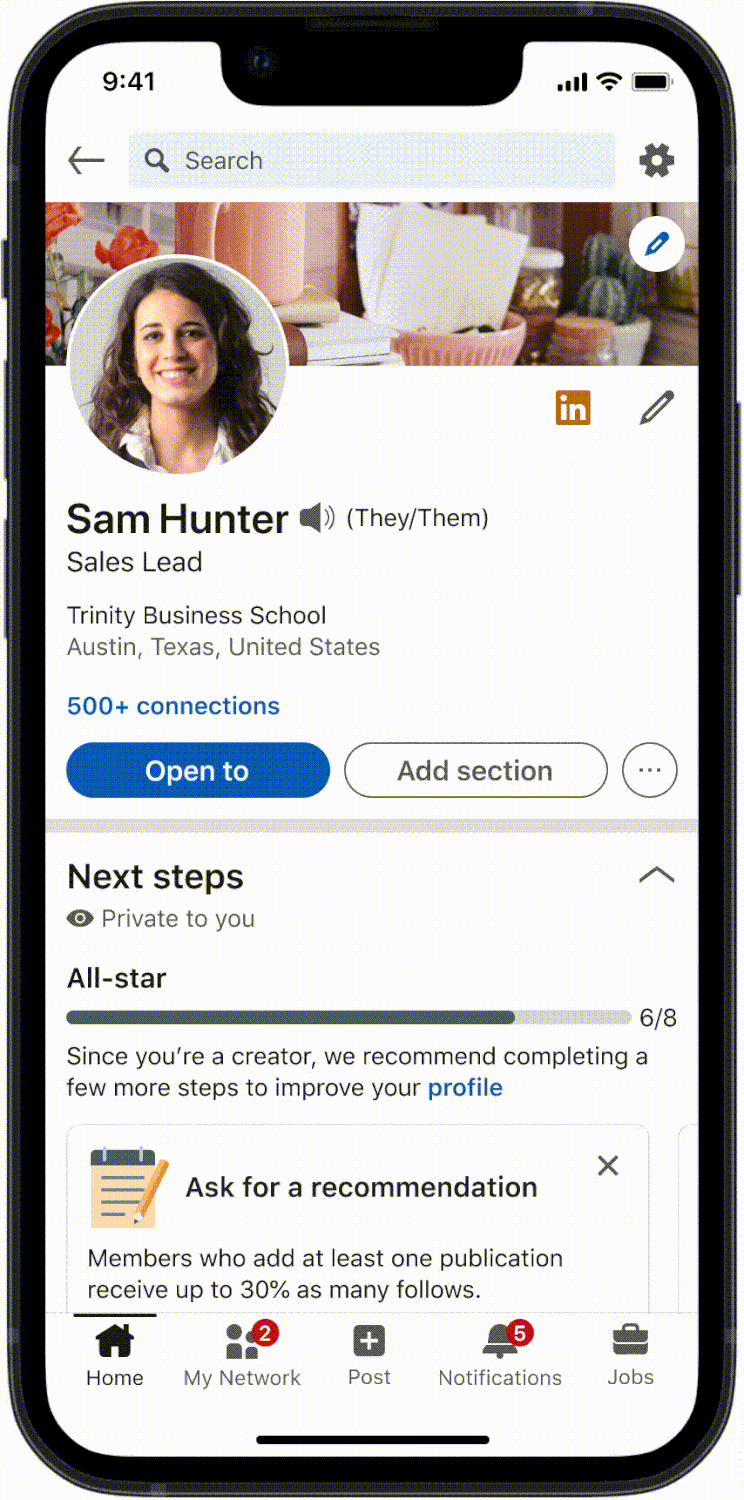New studies emphasize writing about the journey, not just outcomes, in LinkedIn profiles, Twitter bios, and other employment communications. Across seven studies, authors found describing difficulties and growth as well as accomplishments conveyed a greater sense of warmth.
Ovul Sezer, an assistant professor at Cornell University, summarizes the findings:
We define “journey” as a long and often difficult process of going from one point to another, which reflects a determination to learn, an acquisition of skills, and a sense of growth and development. For example, obstacles one faced or learning processes they went through could be great information to include in one’s personal story. We find that journey information leads to greater perceptions of warmth because journeys help to communicate humility, mitigating the appearance of arrogance often associated with self-promotion.
Part of humility is being able to learn from mistakes, which any employer would value. Humility is also described as, not thinking less of yourself, but thinking of yourself less—being rightsized.
One study evaluated LinkedIn introductions of MBA students according to “high journey” or “high outcome,” defined as follows:
In accordance with the elements of journeys and outcomes uncovered in the pilot studies, the “high journey” cells in Table 2 showcase elements of a determination to learn (curiosity, eagerness to be challenged), difficulty (operational hurdles), the acquisition of skills (studying design innovation, organizational culture, etc.), and development/growth (exploring personal interests). The “high outcome” cells mention educational degrees (MBA, dual degrees) and job positions (member of a cross-functional team).
The authors clarify that introductions can illustrate both high journey and high outcome. For a class exercise, students could rate their peers’ introductions and provide feedback on journey and outcome criteria. Then they might discuss the degree of humility and warmth conveyed and offer suggestions for improvement. The article describes additional studies, including one with HR professionals, and offers examples of effective statements, which might be useful for students to see.
In another study, authors include a chat and offer this example:
B.2.4 Outcome plus journey condition You introduce yourself to Michael and the two of you engage in the following chat:
You: “It’s great to connect with you and congratulations on winning a BDC award! I’d love to hear more about it.”
Michael: “Absolutely! It’s great to be selected as an award winner. I had to overcome a lot of obstacles along the way, like time constraints with my freelance work, and it was really challenging to reflect on my unique perspective of the world and translate that into my designs. I was nervous! But I was motivated to apply because I knew it would help me grow as a designer. Along the way, I realized that what makes me tick is to inspire people – that’s what drives me to want to be a designer.”
You: “Wow! That’s great to hear.”
One concern is the length of LinkedIn introductions. As we might expect, the most effective statements are somewhat longer than a list of accomplishments. However, authors found that, when both journey and outcomes are included, the number of words was still within an acceptable range. At the same time, including their journey will challenge students to write concisely, even when telling more of their story.




















